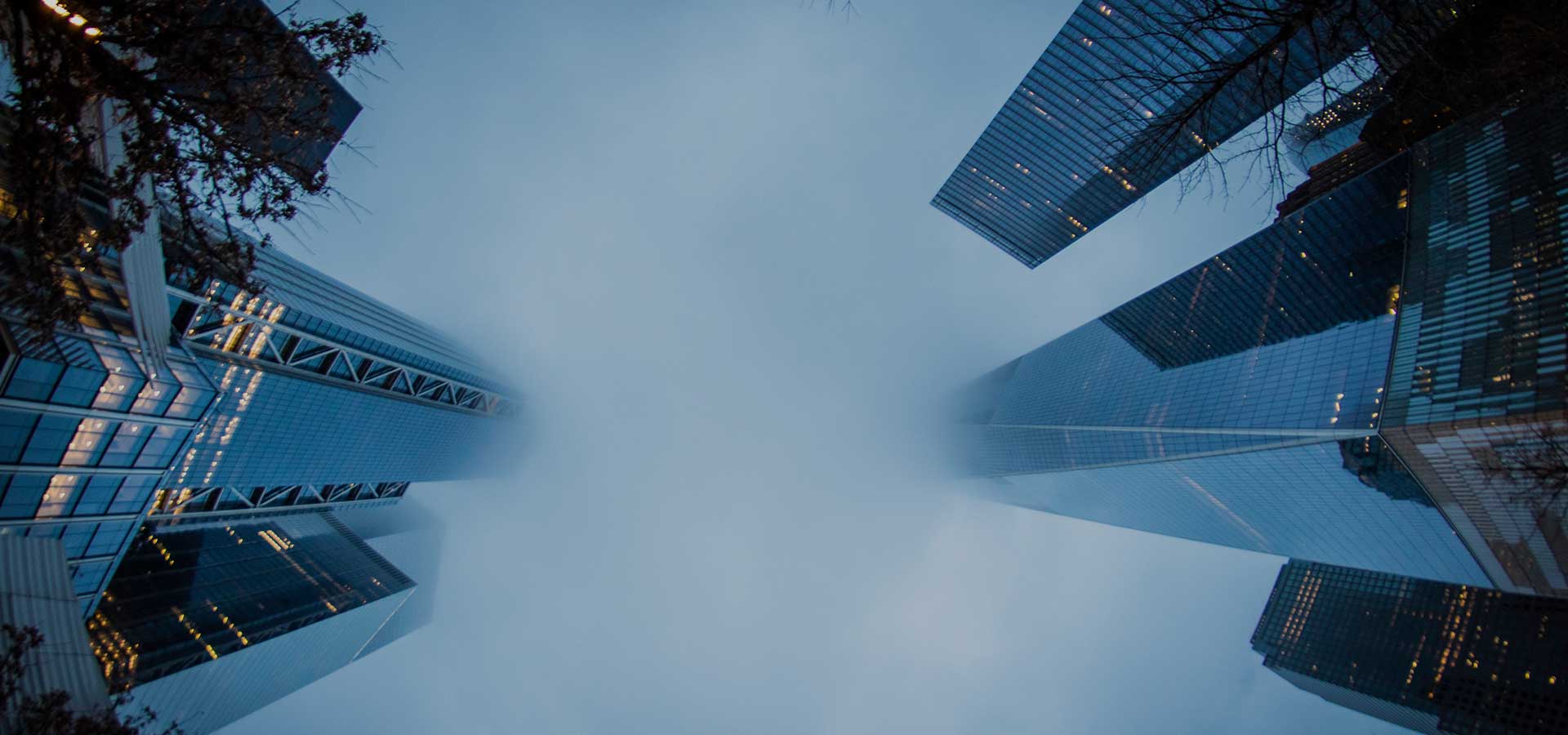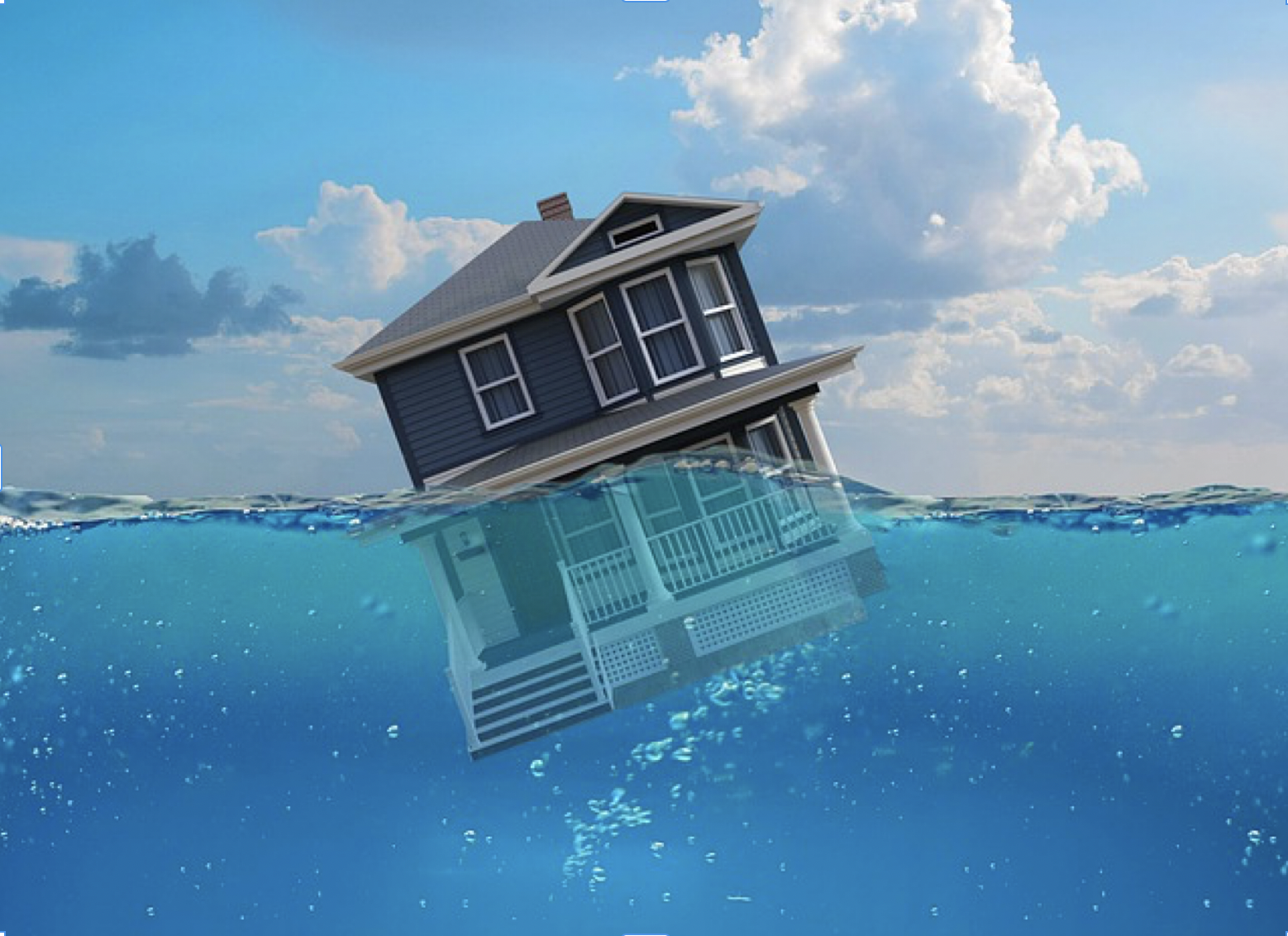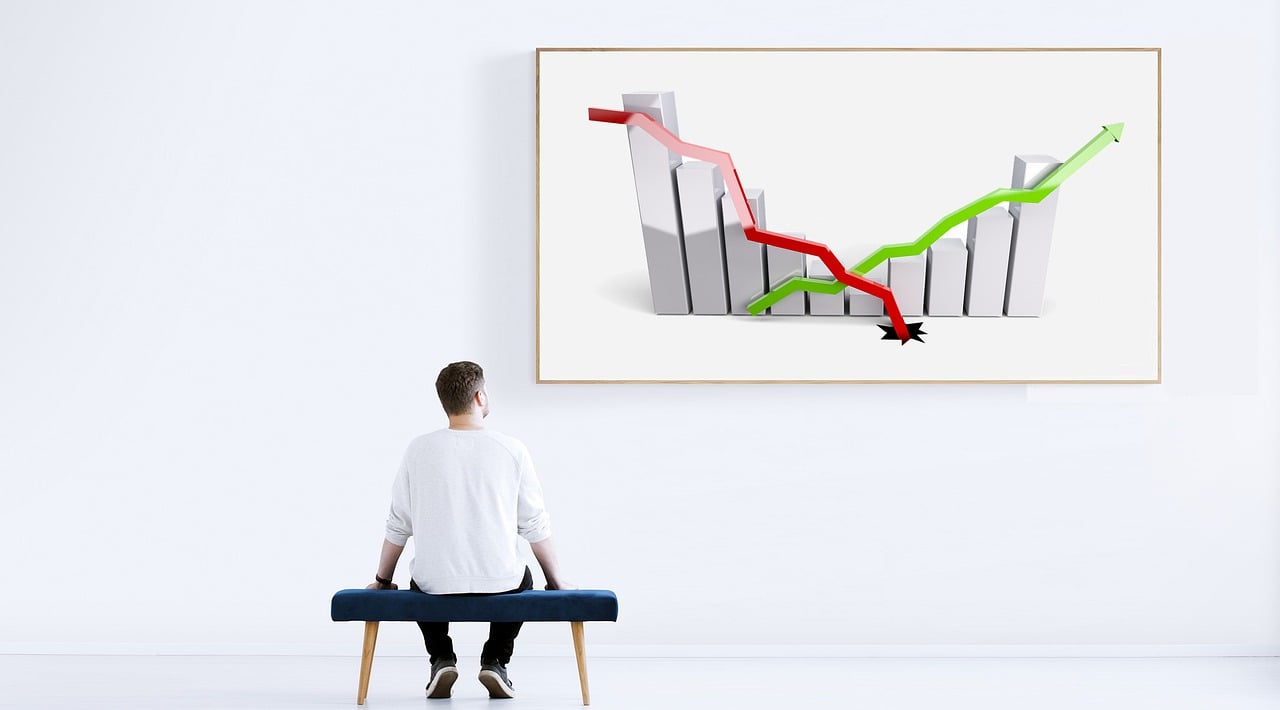Turn on any news outlet, read any newspaper, or scroll through an online news publication and you are bound to find someone talking about the slow down in the real estate market. In fact, I just read headline that new housing starts hit a record low for May 2022, down 14% year over year. With the rapid rise in home values since the COVID crisis in March 2020, people are beginning to wonder “is 2022 shaping up to be 2008 all over again?” To understand the similarities and differences we need to compare economic fundamentals, the U.S. stock market, home buyer demand, home supply, and mortgage interest rates.
Setting The Stage
Is the housing market going to crash? I have heard this question asked a number of times over the last few months. In order to try and answer this question we need to add some context to the current U.S. stock market, real estate sector, and housing market; then we need to compare today to 2007 through 2009.
For those not invested in the real estate and equity markets during the “Great Recession” this economic environment may appear very scary; but for those who lived through both market corrections your eye may be twitching. You may even be thinking “Here we go again!”
Going into 2008’s stock market crash, and the following real estate crash, both markets rallied strong. In fact both markets hit new heights by the end of 2007. Does this mean there are some similarities between 2008 and 2022? Well from a big picture perspective, maybe.
- Congress and the Fed implemented very accommodative economic policies to spur growth between 2008 to 2009 and 2020 to 2021.
- Due to the highly accommodative fiscal and monetary policies both investment and real estate portfolios were viewed as being over inflated prior to each correction.
Unfortunately this is where the macro economic comparison ends. For example, the largest differences between 2008 and 2022 are:
- U.S. inflation in 2008 averaged 3.8% compared with the first half average of 2022 being 8.1%.
- U.S. fed funds rate in June 2008 was 2% to 2.25% compared with June 2022 being 1.50% to 1.75%. While the rates appear to be similar the Fed ended up dropping the Fed funds rate to 0-25% by the end of 2008 compared with the expectation for 3% to 3.5% by the end of 2022.
- At the end of 2008, and into Q1 2009, quantitive easing was just beginning compared with quantitative tightening beginning in Q1 2022.
- Headed into 2007 housing inventory, and new home builds, were starting to exceed demand. Whereas in 2021, due to the COVID pandemic shutdown, pent-up demand continued to outpace inventory leading to heavy real estate price appreciation.
- 30-Year mortgage rates at the start of 2008 where hovering around 6% compared with mortgage rates at the start of 2022 being around 3%.
- The 2008 U.S. unemployment rate averaged 5.8% compared with the 3.6% average for May 2022.
- The Jan 1, 2008 S&P 500 price to earning ratio was 21.46 compared with the Jan 1, 2022 price to earnings ratio of 23.12.
So what does this mean?
Well where the stock market and real estate market rallied into each economic downturn the underlying economic fundamentals are quite different. I would argue the underlying fundamentals appear much stronger in 2022 making any forced recession a milder one.
Yes I said “forced recession”. Forced from the perspective that consumer demand continues to remain very strong. To destroy demand the Fed has to slow the economy down, maybe to the point of a recession, hence the reason they are tightening monetary policy so quickly.
Home Buyer Demand & Supply
Home prices are a determined by the cross over point between supply and demand. When supply exceeds demand, prices decline. Alternatively, when demand exceeds supply, prices increase. This basic economic principle can be seen with most goods or services.
As of May 2022, according to Realtor.com, the national median listing price for active listings was up 17.6% year over year and up 35.4% since May 2020. Essentially saying demand is outpacing supply which results in higher prices.
Why would this be the case?
We simply need to look back to 2020 and 2021 to see that active listings (supply) were sharply below the 2017 through 2019’s housing market listings. In fact, if you look at the number of active days a listing was “on market” during the same periods of time you’ll find the average days on market ranged from 60 to 90 days between 2017 and 2019. Now compare this to 2021 and 2022 where days on market dropped below 40 at the lowest point. With supply low even a normal level of demand would lead to a lower inventory. This is why many homeowners were removing contingencies on their offers to buy homes. They felt a need to increase their odds of quickly locking in a home, regardless of the price they paid.
Unfortunately the problem doesn’t end there. Compounded by the low supply from the lack of people moving, and the fact that new home builders could not keep up with new entrants into the housing market, new listings fell off a cliff (from March 2020 to August 2020).
“So what?” you might ask…
Deceptively this drop doesn’t mean demand went away, rather it means that due to the pandemic people were more hesitant about moving. For example, stay-at-home orders in many states were still in force, companies were still adopting work-from-home policies, and millions of homeowners did not have jobs. These three indicators resulted in homeowners (new and existing) deferring their demand for housing. This deferred demand, coupled with low supply, only further exaggerated the real estate price hikes. Thus, what does this mean for the market ahead?
As noted earlier, prior to 2008 mortgage rates were hovering around 6% and the real estate market was thriving. Although that was due to homeowners having never experienced mortgage rates below 5%, unless they went with an ARM or 15 year fixed product. Now that homeowners have experienced 30 year mortgage rates below 3% there will be some hesitation about purchasing a home in what is now considered a “high interest rate” environment.
If low mortgage rates become a thing of the past homeowners will inevitably succumb to life and the deferred pent-up demand will spill back into the housing market resulting in the appreciation of homes. It might not happen for a year or two but it will happen. As painful as COVID was for so many it really taught us many lessons about how economies operate along with how demand can only be curtailed for so long before it bursts at the seams and drives prices for products higher.
Mortgage Interest Rates
In the previous section I noted that, historically speaking, mortgage rates only went sub 5% in 2008. Prior to 2008 mortgage rates ranged from 6% to 8% during the prior 20 years and averaged 7.77% for the last 30 years. These numbers are important for a few key reasons:
- For almost the last 15 years consumers have been accustomed to historically low interest rates. While this may not seem like a bad thing on the surface it will create large ripples in many areas of the economy. Consumers will have to prioritize where they spend money as they see their disposable cash flow decline due to higher interest payments.
- With the Millennial and Gen Z generations entering the labor market over the past 15 years many put off the idea of owning a home. In fact, it was common for a large percentage to prioritize a better work-life balance over a sound financial well-being. This meant a large number spent more of their disposable money, rather than investing in their future. Unfortunately, the lack of investment in items like a home will leave them struggling to figure out how to purchase a home with limited financial resources.
- As interest rates climb so does the cost of home ownership. For example, with every 1% interest rate increase, per $100,000 of home value, a homebuyer can expect to pay an additional $1,000 per year of interest. Between January 1, 2022 and June 14, 2022 30 year mortgage interest rates climbed from approximately 3.27% to 6.28%. This means anyone purchasing a home today would pay approximately $3,000 more per $100,000 financed.
- As mortgage interest rates remain above the prior 15 year average consumers will be forced to reassess their spending behavior. This adjustment will be felt throughout the U.S. stock market as corporate profits decline, resulting in stock price declines, due to discretionary spending dwindling.
This higher interest rate paradigm shift will dramatically impact multiple generations IF higher rates remain higher than the recent 15 year average. However, after a few years of living in a higher rate environment the younger generations will adjust their cash flow as their desire to start a family and scale up their living situation becomes a higher priority. The reprioritization of cash flow, away from discretionary products, to housing will ultimately prevent a prolonged housing market downturn. In fact, I wouldn’t be surprised if the housing market experienced a slight dip as a direct result of the sharp increase in mortgage interest rates but eventually returned to a 2004-2007 real estate boom.
Conclusion
In the end all we can do is speculate on what will happen going forward. However, if the current pent-up demand holds true, and maybe becomes stronger as more homeowners wait for mortgage rates to decline before purchasing a home, then the desire to own a home will not diminish anytime soon. With a strong housing demand tailwind for home ownership ahead there is a low chance the 2022 real estate market will look anything like the 2008 – 2010 real estate market. My only suggestion to those on the fence now would be to start reassessing your budget in order to capitalize on any future weakness in mortgage rates or real estate demand!
Content in this material is for general information only and not intended to provide specific advice or recommendations for any individual.





